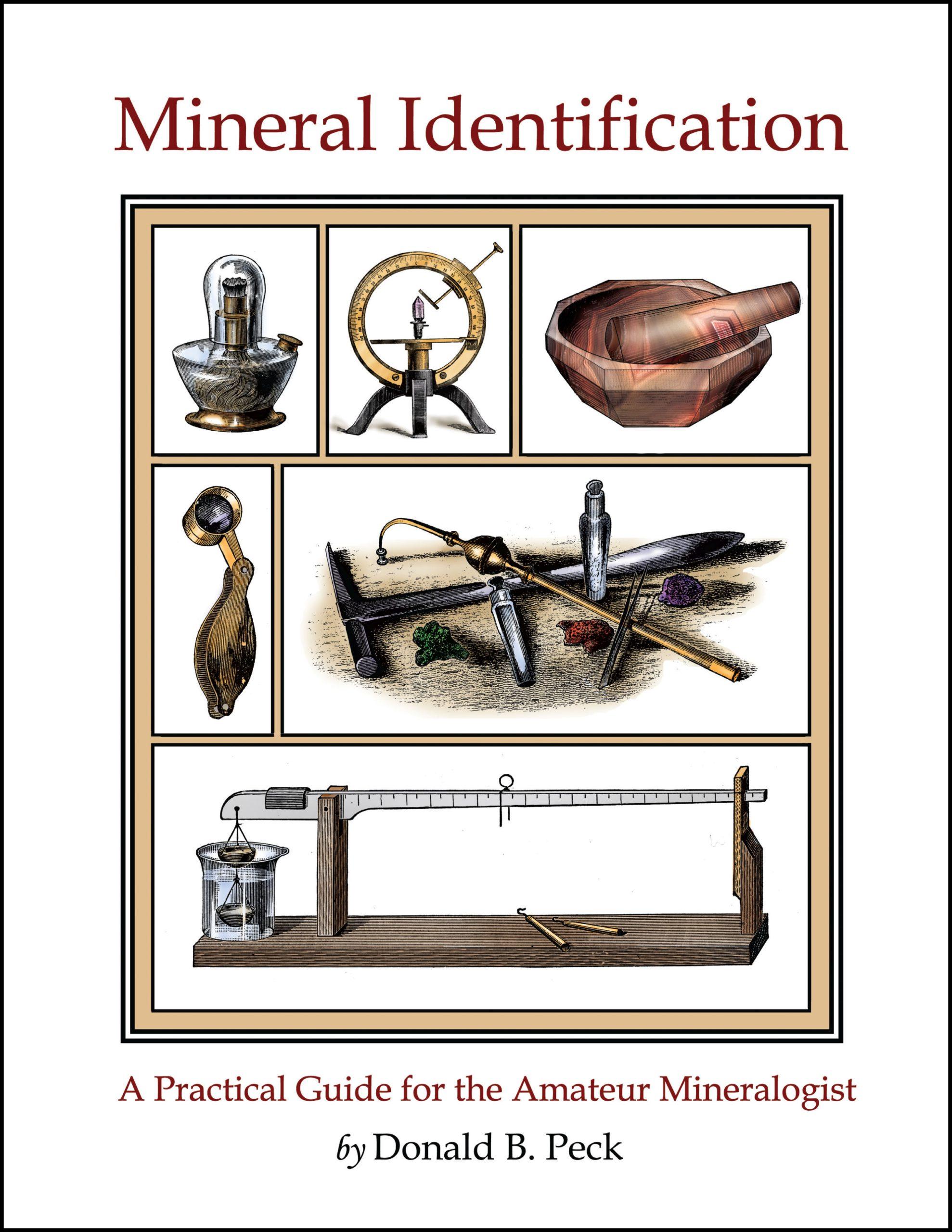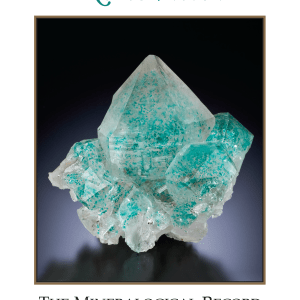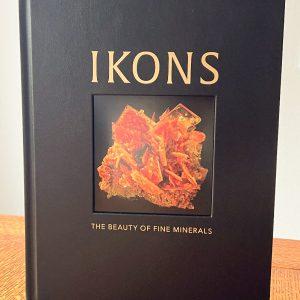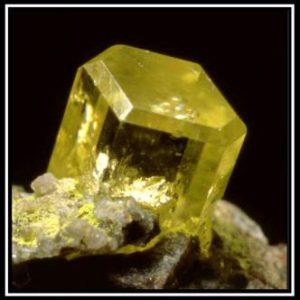Back in the “old days,” before the ready accessibility of X-ray and microprobe analysis services for the mineral collector, we had to (gasp!) know how to do our own mineral identifications in our own home, on a desktop or workbench laboratory. Using comparatively simple tools and techniques which required a functional understanding of some rudimentary chemistry and physics, we performed our own tests to identify unknown species. In those days, that was the essence of being an “amateur mineralogist” rather than just a mineral collector. It was fun and educational.
With the changing trends in mineralogy and mineral collecting over the years, the practice of “classical mineralogy” has become virtually a lost art among the general population of collectors, and in fact is not much taught in University mineralogy courses anymore either. Even back in the 1960s, my old chemistry professor at the University of Minnesota, Dr. Cowles, was quite disgruntled over the trend. He used to complain that, before the young upstarts could get their big fancy machines warmed up to do a chemical analysis, he could find the answer using just an eyedropper, a test tube and a couple of liquid reagents.
Every collector runs into identification problems from time to time. Sometimes, you have the sneaking suspicion that there is a simple analytical technique to answer the identification problem before you, but you just can’t remember it, nor are you sure where to look it up, or even whether you still have the necessary collection of ancient texts in your library. Well, now you need wonder no more. To the rescue comes the Mineralogical Record, lighting a candle in the darkness with the publication of Donald Peck’s unique manual, Mineral Identification, A Practical Guide for the Amateur Mineralogist.
In a succinct 259 pages, Peck provides a compendium of techniques for home identification using physical properties, crystal morphology, simple chemical analysis, and optical properties—all without utilizing a single machine in the six-figure price range. These lost arts of mineralogy have been gathered together from a dusty array of old books and publications that are now hard to find, even if you know what to look for. Nearly half the book consists of useful appendices covering reference works, instruments you can make yourself, reference tables, suppliers, and a shopping list of reagents and simple equipment for stocking your home lab. You can even make your own crystal models.
The book has a stiff, coated cover and a sturdy spiral binding that will lay flat on the workbench. Publication is being carried out primarily as a service to the mineralogical community. So take the opportunity now to acquire this treasury of hard-to-obtain information all in one volume.
Wendell Wilson
Additional information
| Weight | 1.7 lbs |
|---|---|
| Type | Books |





